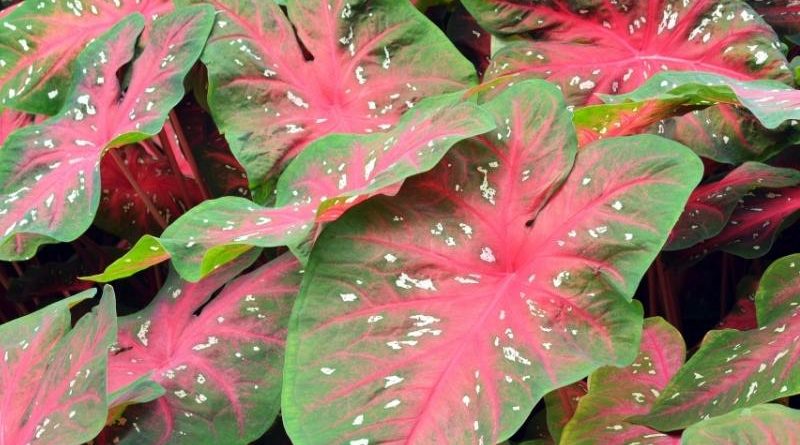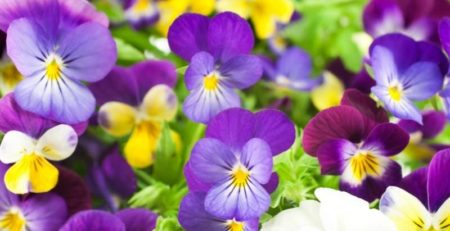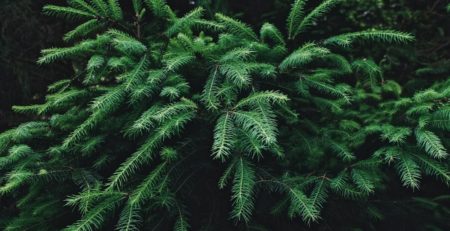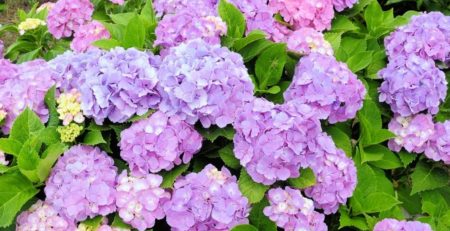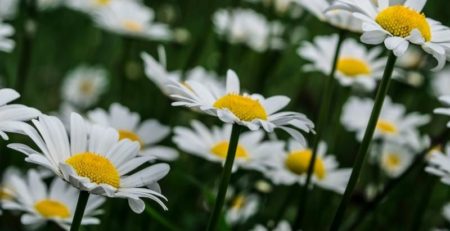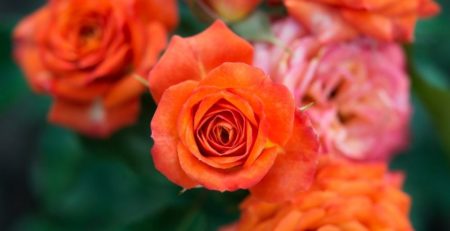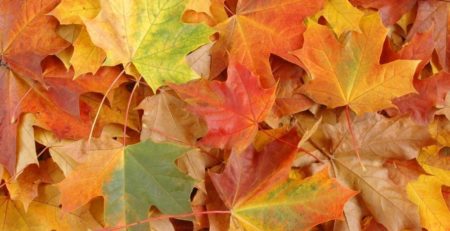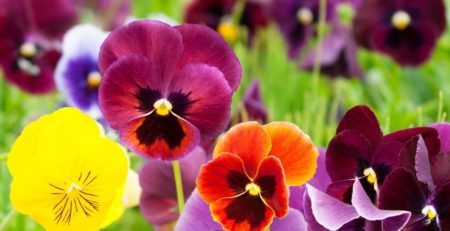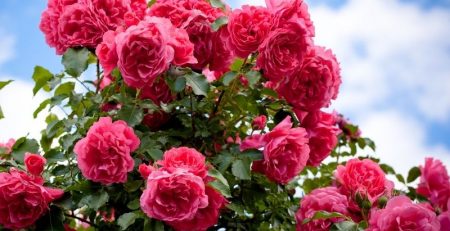May Garden Tasks
Download the Homeowner’s Fruit and Nut Spray Schedule
Planting
- Plant caladiums and elephant ears as night temperatures reach 70 degrees.
- Plant ground covers and hot weather annuals such as periwinkles, portulaca, salvia, zinnias, and coleus.
- Continue to plant warm season turf grasses.
- Finish planting black-eyed peas, cantaloupe, cucumber, eggplant, green beans (pole or bush type), lima beans, okra, peppers, pumpkin, sweet corn, sweet potato, squash, and watermelon. Plant perennial herbs in prepared soil or containers.
- Plant hardy varieties of palms during the warm season from now to August.
- Tropical color plants including hibiscus, Allamanda, bougainvillea, and mandevilla may be planted now.
Pruning
- Prune spring blooming shrubs such as forsythia and Indian hawthorn after they finish flowering.
- Prune climbing roses after their blooms fade.
- Snip off the dried foliage of early spring bulbs such as daffodils and the faded flower stalks of irises.
- Do not prune live oaks and red oaks between Feb. 15 and June 30.
Plant Care
- Check roses, ornamentals, and vegetables for aphids and powdery mildew.
- Continue Homeowner’s Fruit and Nut Spray Schedule.
- Check roses for black spot and apply fungicide as necessary according to label directions.
- Watch for bagworms on junipers and other conifers, treat as required.
- Inspect broadleaf evergreen shrubs such as euonymus and hollies for scale insects, and treat as necessary.
- Check ornamentals, flowers, and vegetables for spider mites, which begin to appear with hot weather.
- Continue regular mowing of warm season turf grasses every 5 to 7 days.
- Mow Bermuda, maintained at 1 1/4 to 1 1/2 inches, and St. Augustine, maintained at 2 1/2 inches in full sun to 3 to 3 1/2 inches in moderate shade.
- Check for chinch bugs in St. Augustine lawns (late May to Sept.). Also watch for gray leaf spot fungal disease.
- Mulch planting beds to conserve moisture, deter weeds, and keep soil cool.
Be attentive to the water needs of new plantings.

